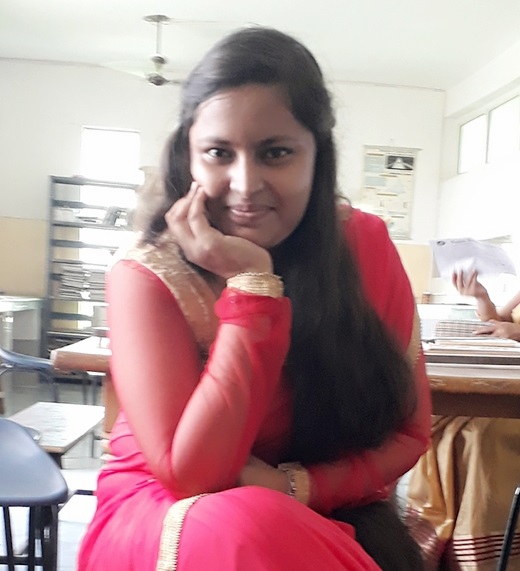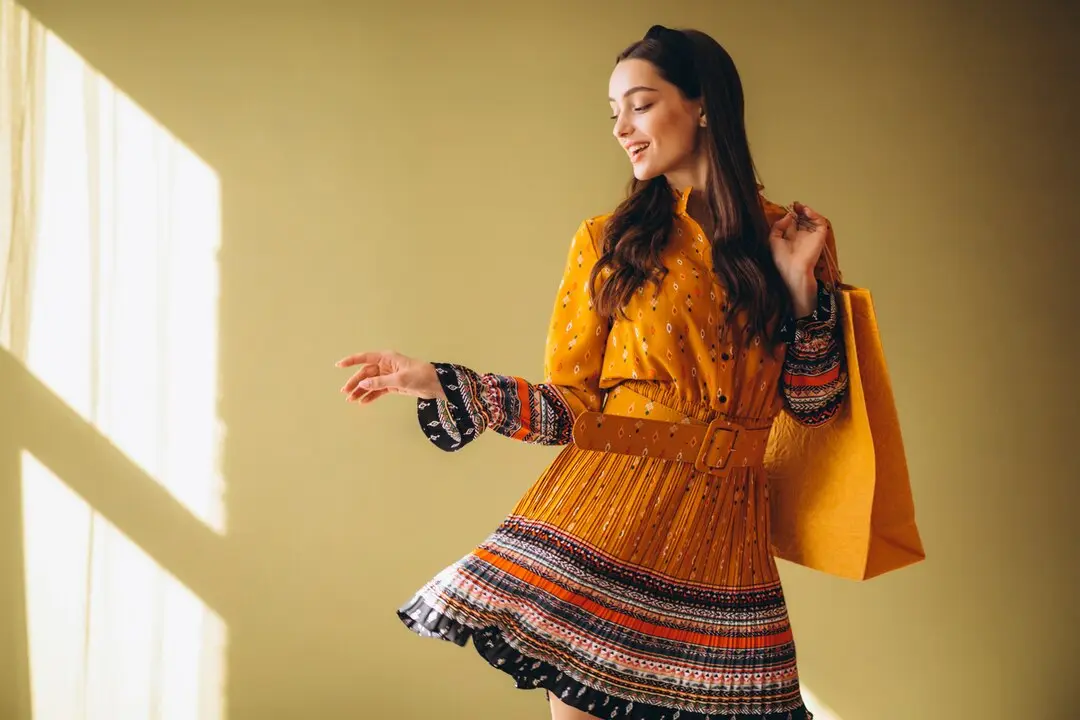In India, the term “cross-dressing” often evokes a narrow set of images: comic relief in Bollywood films, controversial media headlines, or misunderstood identities. However, behind the humor and shock value often portrayed in pop culture lies a world of deeply personal, spiritual and artistic expression.
Cross-dressing in India is not just about fashion or performance. It intersects with religion, history, gender identity and self-expression. This blog aims to peel back the layers by sharing real, heartfelt Indian cross-dressing stories that challenge outdated stereotypes. Through these narratives, we hope to foster understanding and promote empathy among readers from all walks of life.
From temple rituals to personal battles with identity, these stories reveal a beautiful truth: cross-dressing in India is as diverse and complex as the country itself.
The Sacred Attire: A Devotee’s Journey
Ramesh (name changed for privacy), a 35-year-old shopkeeper from Kerala, never imagined he’d one day wear a saree as an act of devotion. Yet each year, during the Kottankulangara Devi Temple festival, he does exactly that draped in vibrant colors, with bangles jingling on his wrists.
This unique temple tradition invites male devotees to dress as women to honor the goddess. Ramesh describes the experience as deeply spiritual. “It’s not about pretending to be a woman,” he says. “It’s about connecting with the divine energy that the goddess represents.”
Despite initial ridicule from peers, Ramesh continued the tradition. Over time, even skeptics in his village began to respect the ritual. Indeed, in contrast to modern misconceptions, this ancient practice reveals how cross-dressing can be revered, not ridiculed. It’s a reminder that in Indian culture, gender expression often intertwines with faith.
Beyond the Binary: Voices from the Hijra Community
Often marginalized and misunderstood, the Hijra community in India represents a spectrum of gender identities. For many Hijras, cross-dressing is not simply a costume but an integral part of who they are.
Take Meher, a 42-year-old Hijra living in Hyderabad. She speaks openly about her life, from being rejected by her family at age 17 to becoming a spiritual guru within her community. “People see us begging or dancing at weddings,” Meher explains. “But they don’t see our role as blessings-givers or cultural keepers.”
Meher’s clothing is more than attire; it’s armor against judgment and a symbol of identity. However, despite her strength, daily life remains a challenge. “We face stares, slurs and worse,” she admits. Yet she continues to mentor younger members, helping them find pride in their identities.
Consequently, stories like Meher’s challenge the narrow lens through which society often views Hijras. They are not merely characters of curiosity but individuals with resilience, culture and community.
Finding Freedom: Personal Expression in a Modern World
While traditional contexts provide one view, cross-dressing today is also a form of personal expression especially among India’s younger generation. Arjun, a 24-year-old graphic designer from Delhi, is one such individual.
By day, Arjun blends into the city’s tech crowd. But on weekends, he becomes “Aria,” attending inclusive events and open mic nights in elegant skirts, bold makeup and confidence.
“For me, cross-dressing isn’t about changing who I am,” Arjun explains. “It’s about expressing parts of myself that don’t fit into conventional boxes.”
Initially, his family struggled to understand his choices. However, through honest conversations and consistent openness, they’ve become more accepting. “My mother now helps me choose sarees,” he laughs.
Arjun’s journey illustrates a modern narrative: that cross-dressing can be about joy, creativity and authenticity not rebellion or confusion.
Tradition in Motion: The Art of Gotipua Dance
In Odisha, the Gotipua dance tradition involves young boys dressing as girls to perform devotional dances in honor of Lord Jagannath. It’s an ancient practice, blending artistry with spiritual devotion.
Bikash, now 19, started training in Gotipua at the age of 8. “At first, I was shy wearing the makeup and costume,” he recalls. “But over time, I understood its purpose to embody feminine grace as a form of worship.”
Unlike modern assumptions about masculinity, Bikash’s village views his performances with pride. However, when he traveled for shows, city audiences were sometimes confused or dismissive. “They’d ask if I was being forced,” he says. “But this is my choice, my art.”
Thus, Bikash’s story underscores the historical depth of cross-dressing in India, one rooted in reverence and talent rather than taboo.
When Family Becomes a Safe Space
Not all journeys are easy but some are unexpectedly heartwarming. Neha, a school teacher from Mumbai, recalls her teenage brother Raj’s quiet struggle. “I once found him wearing my clothes,” she says. “He was scared, thinking I’d be angry.”
Instead of reacting with shock, Neha asked him why. Raj eventually opened up he wasn’t confused about his gender; he simply found comfort and joy in feminine clothing.
With Neha’s support, the family slowly came to accept Raj’s choices. Today, he’s a confident young man who occasionally cross-dresses at home and among friends. “It’s not something he does for attention,” Neha clarifies. “It’s part of how he explores himself.”
Stories like Raj’s are rare in public discourse but increasingly common in real life. They show that acceptance often begins at home and can grow outward.
Conclusion:
Cross-dressing in India is not a monolith. From spiritual rituals and community identity to personal exploration and art, it represents a wide spectrum of experiences.
Each story shared above breaks a different stereotype: that cross-dressing is shameful, that it’s a modern invention, or that it lacks depth. In truth, cross-dressing has always been part of India’s cultural, spiritual and social fabric.
Ultimately, these Indian cross dressing stories invite us to look beyond appearances. They urge us to listen, to learn and to leave behind rigid definitions of gender and identity. Through empathy and openness, we can build a society that values authenticity over conformity and humanity over judgment.

Bhawna Anand is a talented content writer and editor with over 5 years of experience crafting engaging content for Abmantra, a popular blogging website. Her areas of expertise include Fashion, Festival, Gifting, Ecommerce, Spiritual and Travel content. Bhawna’s informative and engaging writing style has helped Abmantra attract a loyal readership and build a strong online community.
When not at work, Bhawna enjoys traveling the world, which often inspires her to write captivating travel pieces that transport readers to new destinations. She also loves to sing, cook, and read good novels.




